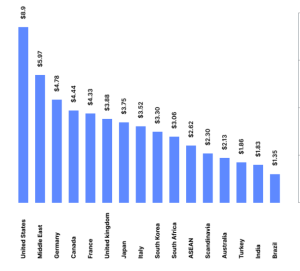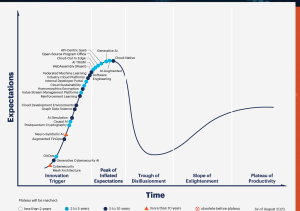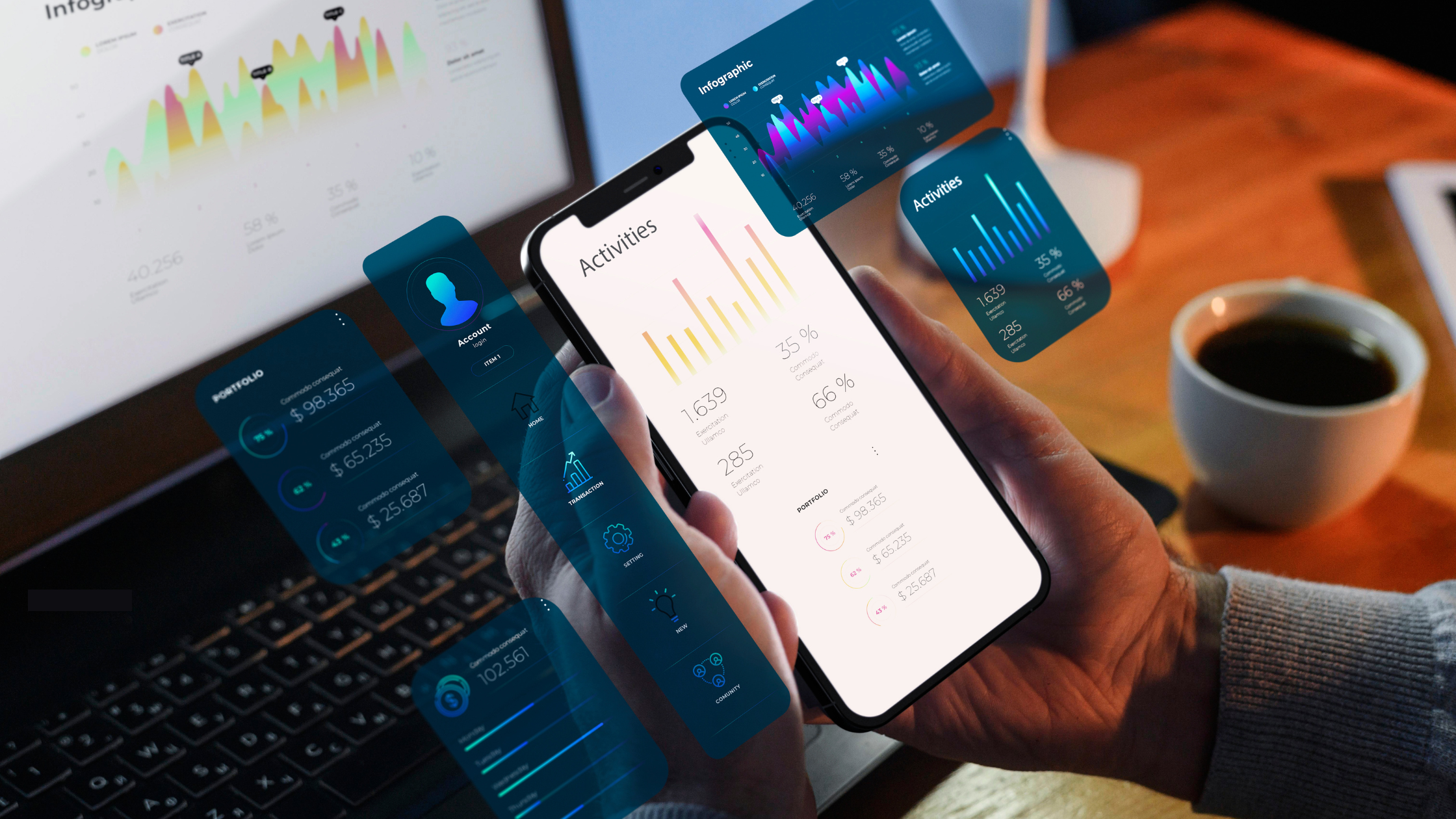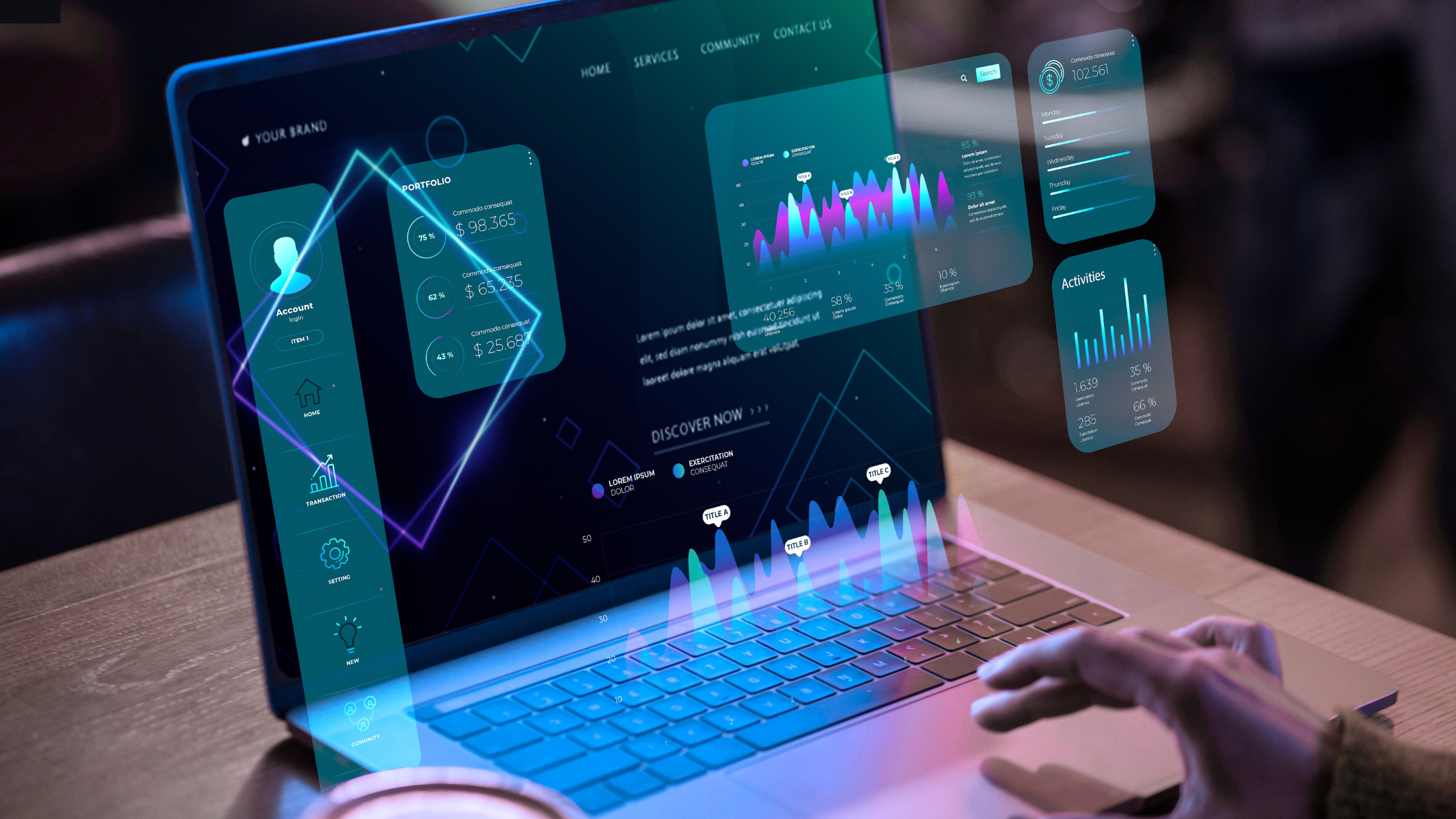The global shift towards remote work, accelerated by the COVID-19 pandemic, has fundamentally changed the way we approach cybersecurity. As organizations adapt to this new normal, they face unprecedented challenges in protecting their digital assets and ensuring the security of their distributed workforce. This blog post explores the cybersecurity landscape in the age of remote work, highlighting key challenges, best practices, and emerging trends.
The Remote Work Revolution: By the Numbers
The scale of the remote work transition is staggering. According to a Gartner survey, 82% of company leaders plan to allow employees to work remotely some of the time as we move forward. Furthermore, a study by Upwork projects that 22% of the American workforce will be working remotely by 2025, a significant increase from 7% pre-pandemic.

This shift has profound implications for cybersecurity:
1. Expanded Attack Surface: With employees accessing corporate networks from various locations and devices, the potential entry points for cyber attacks have multiplied.
2. Increased Cyber Threats: The FBI reported a 300% increase in cybercrime since the beginning of the pandemic, with remote work vulnerabilities being a key factor.
3. Security Investment: To address these challenges, 60% of enterprises are increasing cybersecurity spending due to COVID-19, according to Learn Bonds.

Key Cybersecurity Challenges in Remote Work Environments
1. Unsecured Home Networks:
Many home networks lack enterprise-grade security measures. A survey by Trend Micro found that 39% of remote workers use personal devices to access corporate data, often via unsecured home Wi-Fi networks.
2. Phishing and Social Engineering:
Cybercriminals are exploiting the uncertainty around COVID-19 and remote work policies. Google reported over 18 million daily malware and phishing emails related to COVID-19 in just one week during April 2020.
3. VPN Vulnerabilities:
As organizations rely heavily on VPNs for secure remote access, these have become prime targets. The U.S. Department of Homeland Security warned about a surge in attacks against VPN infrastructures in 2020.
4. Cloud Security Concerns:
The rapid adoption of cloud services to support remote work has outpaced security measures. McAfee reported a 630% increase in external attacks on cloud accounts between January and April 2020.
5. Employee Negligence:
Human error remains a significant factor. Verizon’s 2021 Data Breach Investigations Report found that 85% of breaches involved a human element.
Best Practices for Remote Work Cybersecurity
1. Implement Multi-Factor Authentication (MFA):
MFA can prevent 99.9% of account compromise attacks, according to Microsoft. Despite its effectiveness, only 57% of global companies currently use MFA, highlighting a significant opportunity for improvement.
2. Conduct Regular Security Training:
Continuous education is crucial. Organizations that conduct frequent cybersecurity awareness training report lower phishing click rates (5.2%) compared to those that don’t (30.8%), according to Infosec Institute.
3. Adopt a Zero Trust Security Model:
This approach assumes no trust and verifies every access request. Gartner predicts that by 2023, 60% of enterprises will phase out VPN in favor of Zero Trust Network Access.
4. Secure Cloud Environments:
Implement robust cloud security measures, including data encryption, access controls, and regular audits. By 2025, 99% of cloud security failures will be the customer’s fault, according to Gartner.
5. Enforce Strong Password Policies:
Weak passwords remain a significant vulnerability. LastPass reports that 91% of people know password reuse is insecure, yet 66% continue to use the same password across multiple accounts.
6. Keep Software and Systems Updated:
Regular patching is essential. A study by the Ponemon Institute found that 60% of data breaches in 2019 involved unpatched vulnerabilities.
Emerging Trends and Technologies
1. Artificial Intelligence and Machine Learning:
AI-powered security tools are becoming increasingly sophisticated. The global AI in cybersecurity market is expected to reach $38.2 billion by 2026, growing at a CAGR of 23.3% from 2019 to 2026 (Markets and Markets).
2. Secure Access Service Edge (SASE):
This cloud-native security framework is gaining traction. Gartner predicts that by 2024, at least 40% of enterprises will have explicit strategies to adopt SASE, up from less than 1% at year-end 2018.
3. Extended Detection and Response (XDR):
XDR platforms provide holistic threat detection and response across multiple security layers. Forrester expects the XDR market to grow to $2.06 billion by 2028, with a CAGR of 19.9% from 2021 to 2028.
4. Cybersecurity Mesh:
This distributed architectural approach to scalable, flexible, and reliable cybersecurity control is on the rise. Gartner predicts that by 2024, organizations adopting a cybersecurity mesh architecture will reduce the financial impact of individual security incidents by an average of 90%.
5. Privacy-Enhancing Computation:
As data privacy concerns grow, technologies that protect data in use are becoming crucial. Gartner forecasts that by 2025, 50% of large organizations will adopt privacy-enhancing computation for processing data in untrusted environments

The Human Factor: Building a Culture of Cybersecurity
While technology plays a crucial role, the human element remains central to cybersecurity. Organizations must foster a culture of security awareness among their remote workforce:
1. Clear Communication: Establish and communicate clear cybersecurity policies for remote work.
2. Lead by Example: Leadership should demonstrate commitment to cybersecurity best practices.
3. Encourage Reporting: Create an environment where employees feel comfortable reporting potential security incidents without fear of repercussion.
4. Continuous Learning: Provide ongoing education and resources to keep employees informed about evolving cyber threats.
5. Simulate Attacks: Conduct regular phishing simulations and security drills to keep employees vigilant.
Conclusion:
Adapting to the New Normal
As remote work becomes a permanent fixture in the corporate landscape, organizations must adapt their cybersecurity strategies to address the unique challenges it presents. This involves a multi-faceted approach combining technological solutions, policy changes, and a focus on human factors.
The statistics paint a clear picture: cyber threats are evolving and intensifying in the remote work era. However, by staying informed about emerging trends, implementing best practices, and fostering a culture of cybersecurity, organizations can significantly reduce their risk exposure.
As we navigate this new terrain, flexibility and adaptability will be key. Cybersecurity strategies must evolve in tandem with the changing work environment and threat landscape. Organizations that prioritize cybersecurity in their remote work policies will be better positioned to thrive in the digital age, protecting their assets, employees, and customers in an increasingly interconnected world.
The future of work is here, and with it comes both challenges and opportunities in the realm of cybersecurity. By taking proactive steps today, we can build a more secure digital future for tomorrow.











